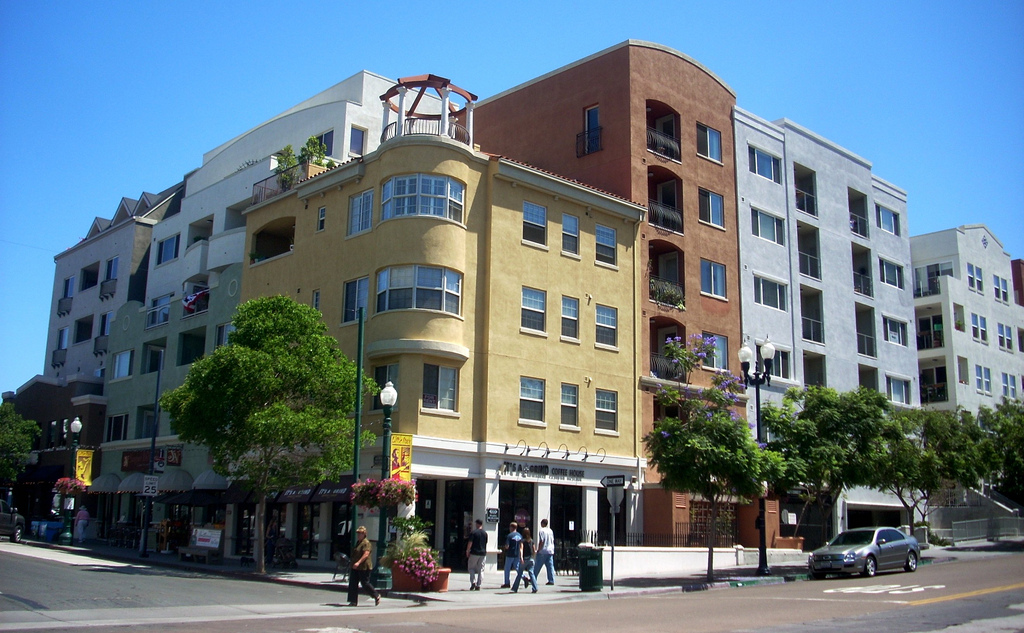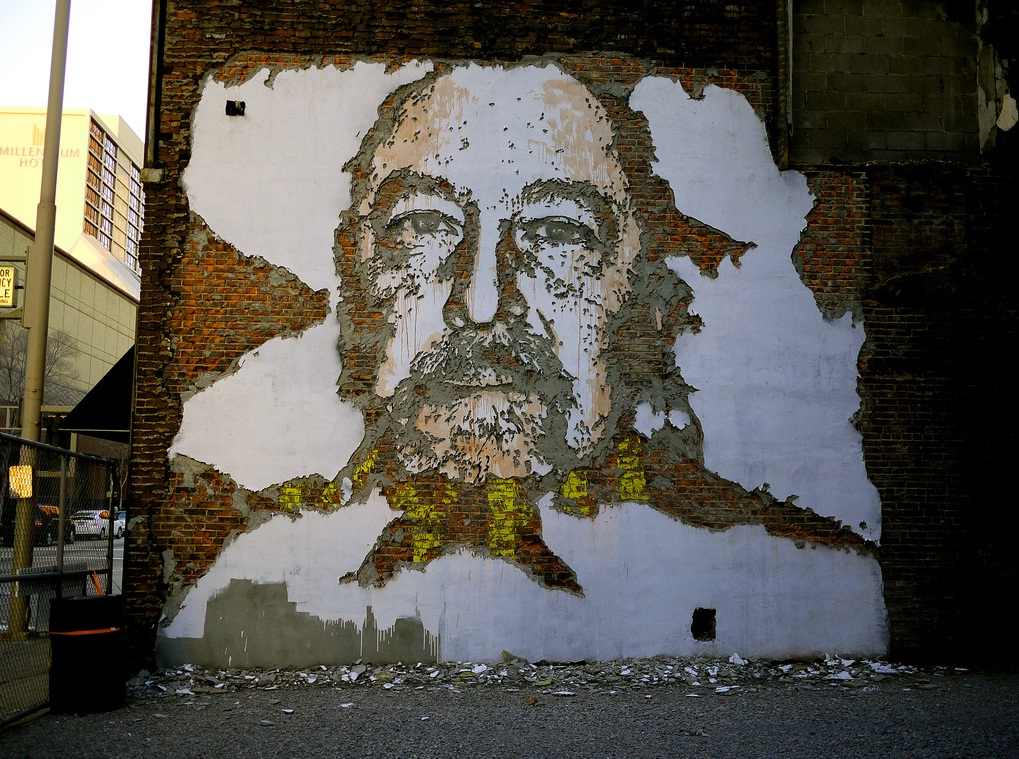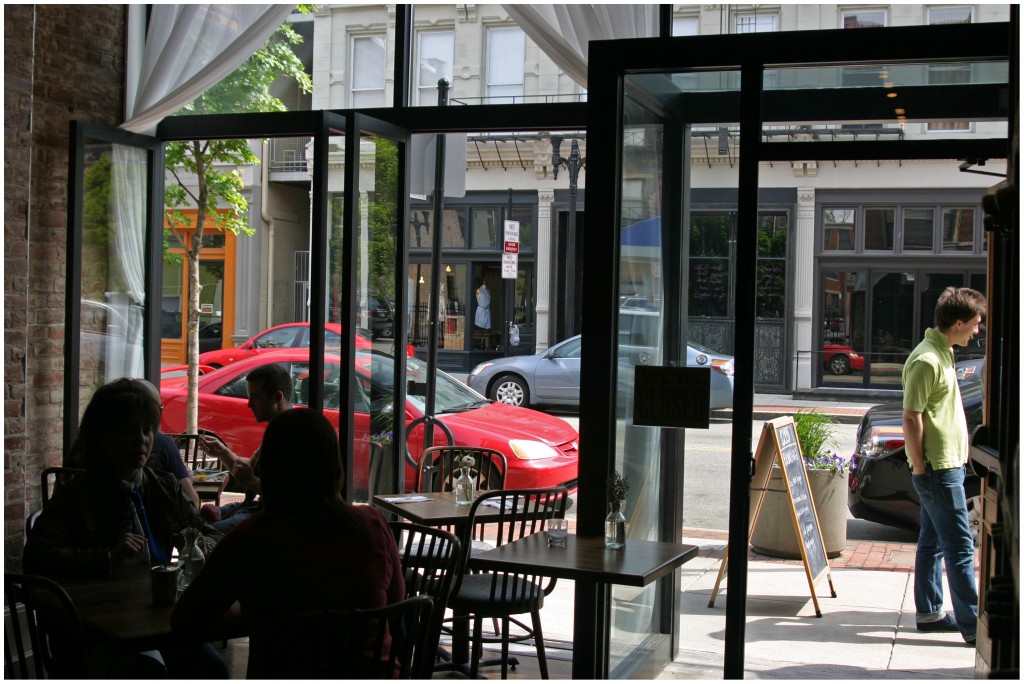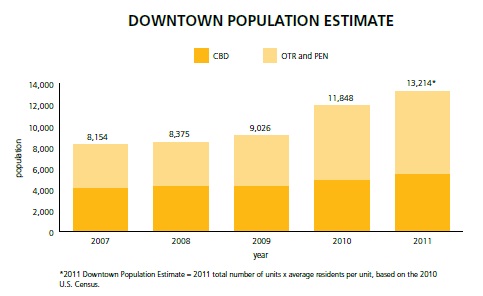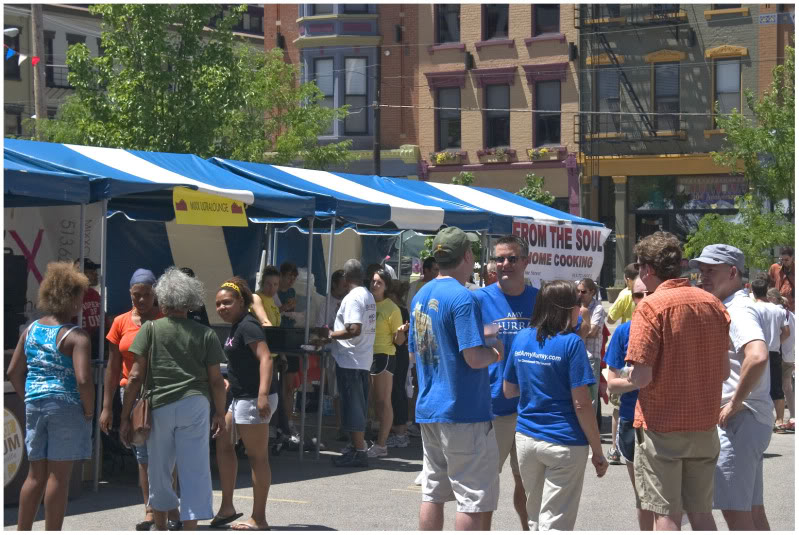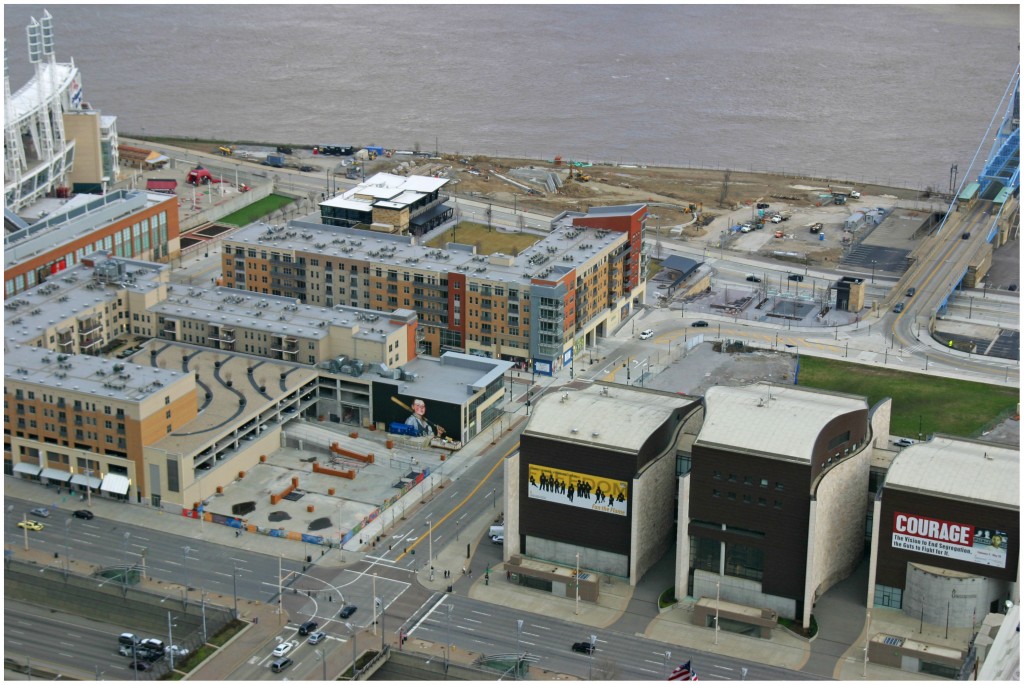Little Italy in San Diego was like countless other neighborhoods that shared the story of disinvestment, blight and neglect as center city’s population dwindled after World War II. Yet something began to happen in the 1990’s that helped transform the struggling community, one of about 14 Italian-American communities in existence throughout the United States today.
The progressive turnaround of Little Italy, and the community support that helped revitalize it, will be the focus of the second session in an ongoing series called Sustainable Hamilton County: Reinventing Our Communities.
The series is a partnership between the Hamilton County Regional Planning Commission, Community Development Corporation Association of Greater Cincinnati (CDCAGC), OKI Regional Council of Governments, Agenda 360, Duke Energy and the Ohio chapter of the American Planning Association, among many others.
 San Diego’s Little Italy neighborhood has been transformed, in part due to the San Diego Trolley, and is seen as a model for success. Photograph courtesy of LA Wad.
San Diego’s Little Italy neighborhood has been transformed, in part due to the San Diego Trolley, and is seen as a model for success. Photograph courtesy of LA Wad.
“There are always many possible new ideas and presenters and best practices,” stated Patricia Garry, Executive Director of CDCAGC. “[Hamilton County Regional Planning Commission Senior Planner] Catalina saw a presentation on Little Italy and was very impressed, and thought our neighborhoods and first ring suburbs needed to hear this info.”
The session will feature Marco Li Mandri who helped spearhead the revitalization of the Little Italy neighborhood. Li Mandri is the current president of San Diego-based New City America and helped advance legislation that enabled Community Benefits Districts, which have immensely helped the neighborhood.
In San Diego’s case, a Community Benefits District (CBD) is a public-private partnership that focuses on land uses within a particular area. The CBD can be responsible for things such as an ambassadorship program, street cleaning, visitor information and other services normally handled by the municipality. Similar to Cincinnati’s Special Improvement District downtown that has led to its ambassadorship program, CBD’s are able to expand on basic services without increasing the overall tax burden on the city.
The results have paid off as Little Italy was designated a Preserve America Neighborhood in 2007. The community also received a Smart Growth Award from the Urban Land Institute in 2010.
Those interested in learning more about San Diego’s Little Italy neighborhood, and how its successes might translate to the health of Cincinnati’s many neighborhoods and inner ring suburbs, can attend the event this Friday, June 1. The Sustainable Hamilton County: Reinventing Our Communities summit will be held at the Drake Center (map) from 8am to 12pm. The Drake Center is served by Metro’s #78 bus line.
